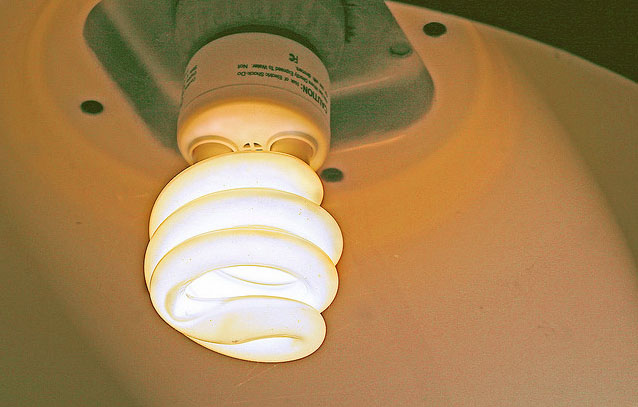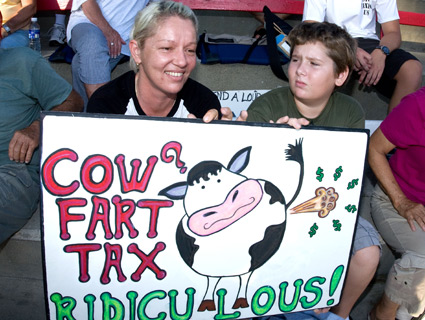
<a href="http://www.flickr.com/photos/calliope/2665936868/">Muffet</a>/Flikr
Last fall, before they even won the majority in the House, Republican leaders were talking about one of their top priorities for 2011: preserving your right to inefficient lighting. Now, after letting the tyranny of the compact fluorescent bulbs continue for an entire seven months, the House is poised to vote on a measure repealing the part of a 2007 bill that called for a phase out of inefficient bulbs.
They might not have enough votes to pass it, however. As the New York Times reports:
The sponsor of the measure to repeal the bulb law, Representative Joe Barton, Republican of Texas, argues that the new incandescent bulbs, as well as compact fluorescent bulbs and light-emitting diodes, will be far more expensive than traditional bulbs. “We don’t think the federal government should tell people what kind of lighting to use in their homes,” he said on Fox News last month.
The repeal measure will be brought up under a House rule that requires a two-thirds vote for passage, and it is far from clear that enough Democrats will join a near-unanimous Republican caucus to ensure its passage. But even if the House approves the measure, its prospects in the Democratic-run Senate are dim.
Barton dubbed the bill the “The Better Use of Light Bulbs Act”—or “BULB” for short—and says it “protects Americans’ access to the light bulbs of their choice and guards against mandates that force Americans to use bulbs that contain mercury.” Barton failed to mention that the 2007 bill didn’t actually ban incandescent bulbs; it only required them to use less energy. But why let the truth get in the way of a catchy bill title and some angst about Big Government?
Barton and his cosponsors were sure to throw in a line about mercury to make it sound like this is a health concern, even though the amount of mercury is not that big of a problem, at least compared to the amount of mercury released into the environment by burning coal to power inefficient bulbs. Besides, if you’re eating light bulbs, the mercury is probably the least of your worries.














